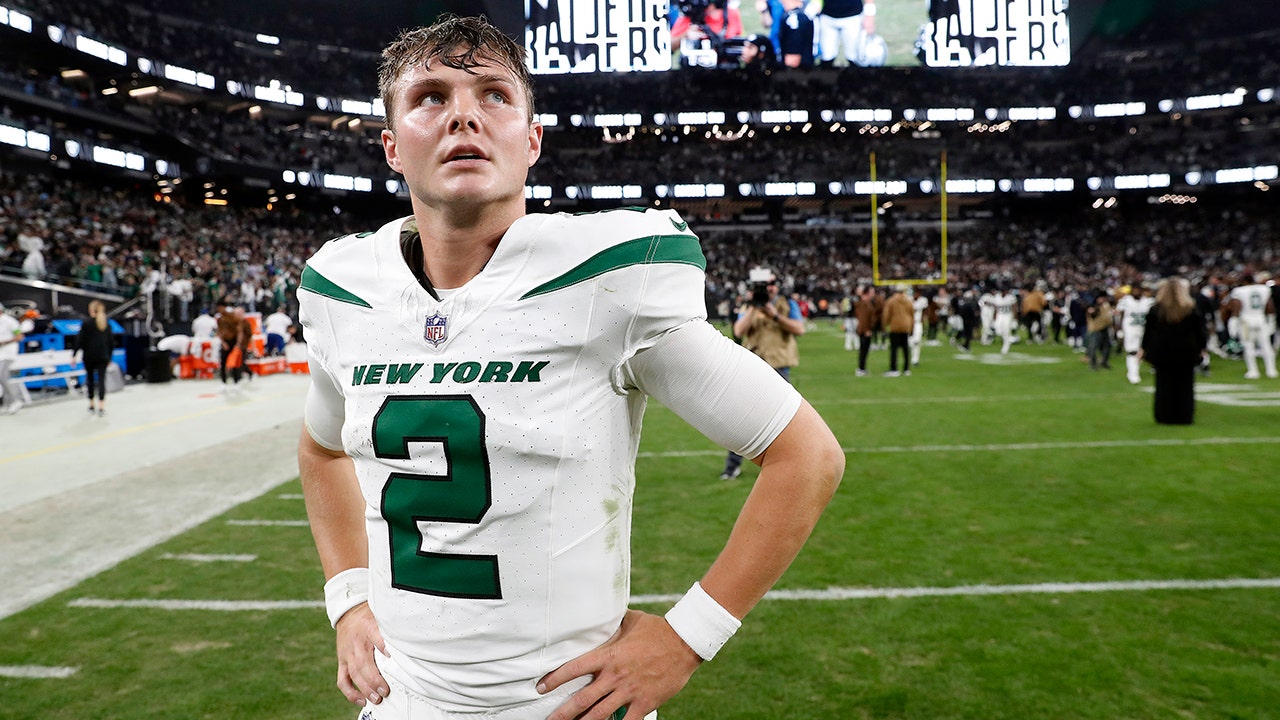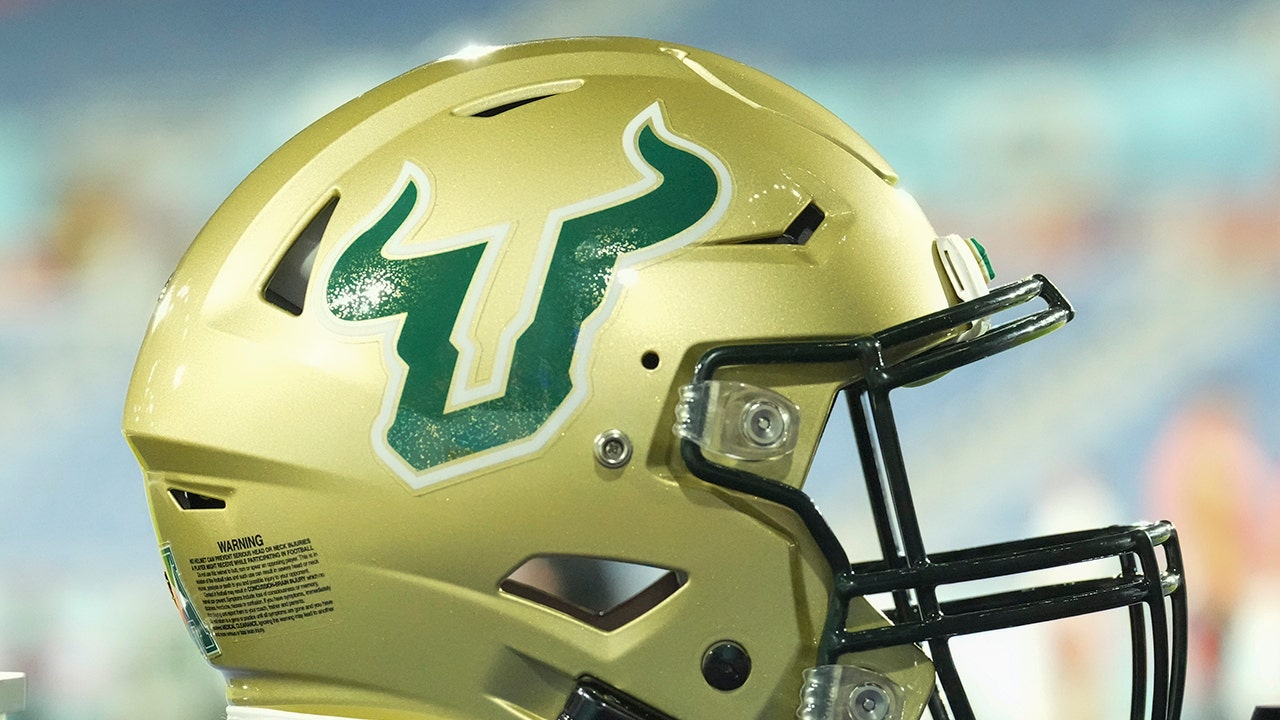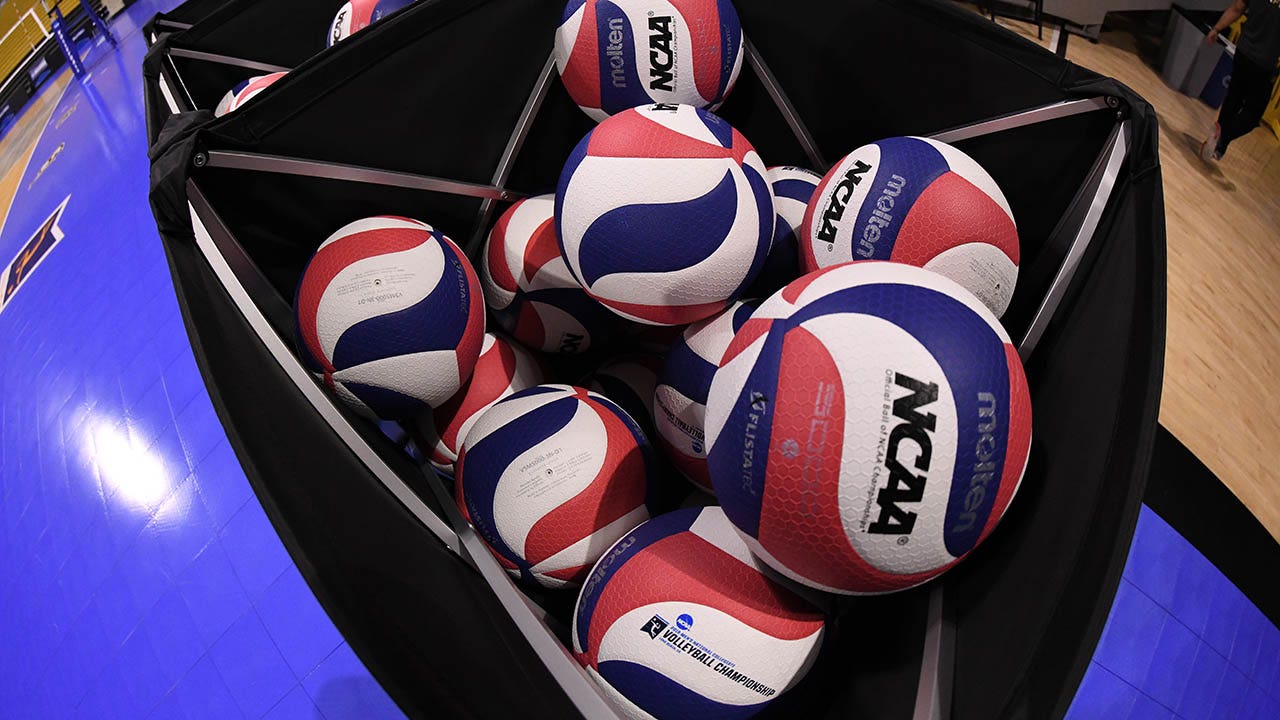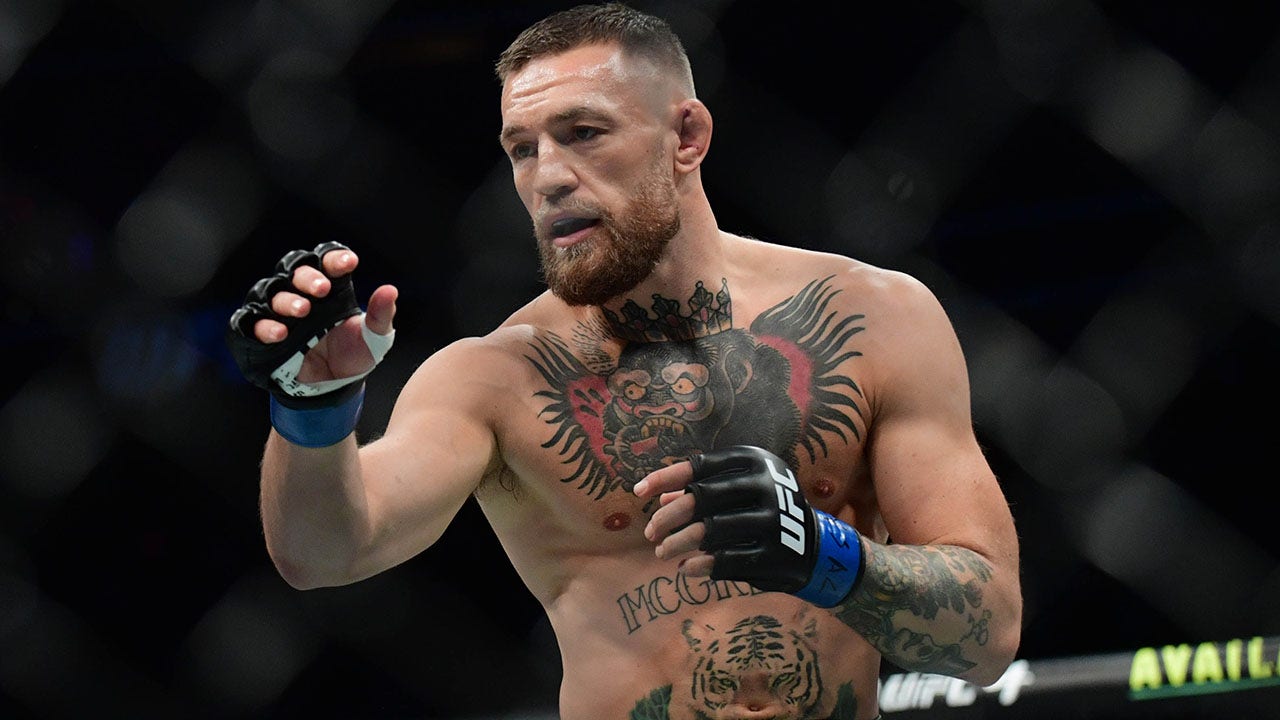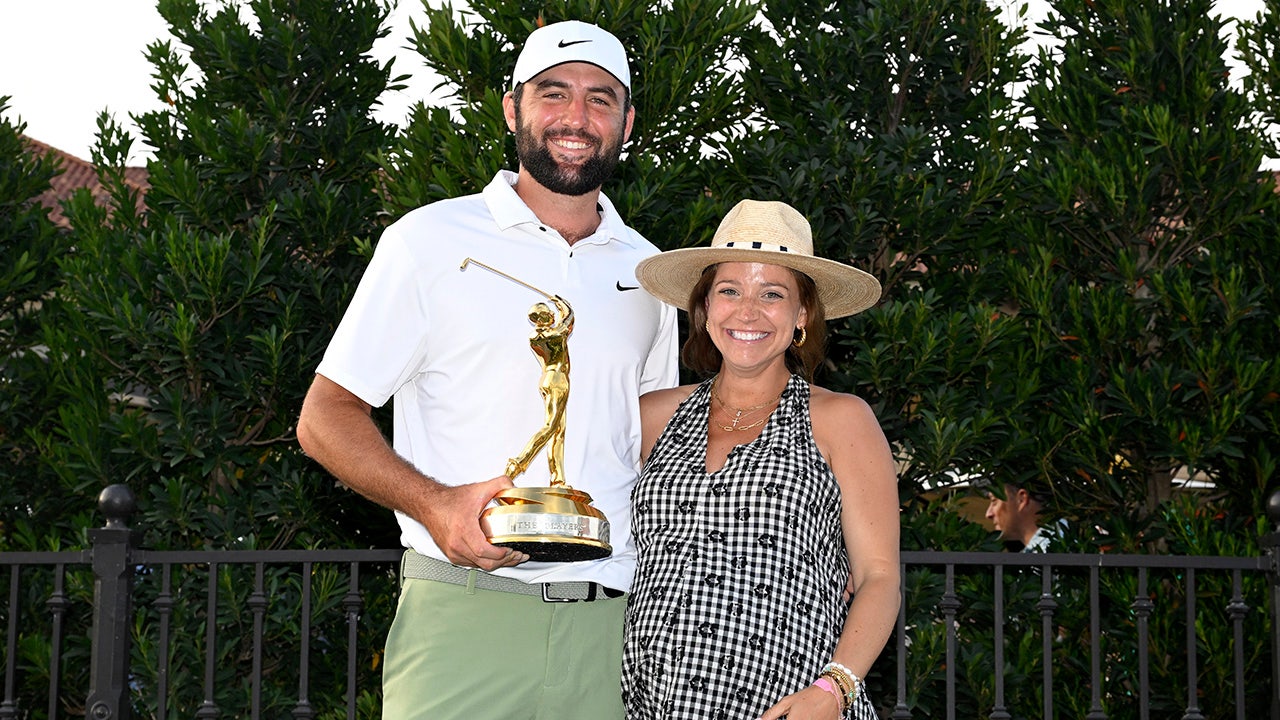For Mikaela Shiffrin, the goalposts keep moving.
All that chatter about her setting the record for the most World Cup wins and becoming the greatest skier ever is so 2023. Now, with Shiffrin getting back to racing as the alpine season begins this weekend in Soelden, Austria, the talk has shifted to when she will get her 100th win, a rather silly number that few would have contemplated not long ago, before Shiffrin started collecting wins and crystal globes for season-long championships like they were Christmas ornaments.
She has 97 wins as the season begins, as well as three Olympic medals, two of them gold, five overall titles, 11 discipline titles, and 14 World Championship medals. That is all seriously silly.
To hear the 29-year-old Shiffrin talk about her career so far and what lies ahead is to understand how her work involves meeting a different set of standards than everyone else.
She will compete in slalom, giant slalom and super-G this season but has put downhill on the back burner for now. So of course she gets asked about why she isn’t also competing in the downhill.
She’s been at this since she was in her mid-teens, and yet the idea that she might be into the backside of her career remains hard to contemplate. She knows better than anyone how physically difficult it is to compete week after week so that she can get in the hunt for the season-long overall title and also peak in February for the Alpine World Championships in Austria, or next season, for the Olympics in Italy. Of course, she’s expected to do both, and win … obviously.
“It’s never obvious, it’s never easy,” Shiffrin said during a preseason conference call this week.

After six weeks sidelined by injury, Mikaela Shiffrin returned in March and won the slalom title at the 2024 World Cup season final. (Christophe Pallot / Agence Zoom / Getty Images)
Shiffrin had a revelatory moment this summer at the Paris Olympics. Her seats in the Olympic stadium for the 400-meter hurdles happened to be right next to those occupied by the family of Sydney McLaughlin-Levrone, who is basically the Mikaela Shiffrin of her sport, or vice-versa, if you are track person rather than a skiing person.
Everyone in the Shiffrin camp was sure McLaughlin-Levrone would win — by a lot. She was as close to a guarantee as there was in Paris.
And yet, McLaughlin-Levrone’s family was on pins and needles.
They knew how hard this was, how anything could happen until she was over the final hurdle and floating to the finish. Shiffrin knows that, too. She and her team have been dealing with that every week for nearly a decade, along with all the stressors of being one of the more famous athletes in the world.
Now, strange as it may seem, Shiffrin will begin to find some calm where others might not necessarily think she might. After months of getting pulled in every direction, of balancing summer ski camps in South America and training blocks with sponsor obligations with promotional opportunities, and philanthropy, the racing begins. Once more, she can laser focus on dancing through the gates on a snow-covered mountain.
“It’s hard, it’s stressful, but it’s also peaceful, and that’s what I love about it,” she said.
She knows she is on the backside of her career but has no definite plans for how much longer after the 2026 Olympics she will compete.
After an injury-riddled season last year — somehow she still won the World Cup slalom title — Shiffrin is hoping for a smoother ride this year.
Shiffrin sprained the MCL and tibiofibular ligament in her knee in January. The injuries sidelined her for six weeks. She won two more races when she returned, easing doubts that still plague her whenever she is hurt or doesn’t ski for a chunk of time and it feels like the ski world is moving on without her.
“You feel pain or weakness and you’re like, ‘I don’t think I can do that,’ she said. ‘Logically I know I have done that, but I don’t think I can do it again.”
Even during a healthy season, she can experience those doubts when she doesn’t ski one discipline for a couple weeks and then has to return to it.

“It’s never obvious, it’s never easy,” Mikaela Shiffrin says of her expectations. The new alpine season begins this weekend in Austria. (Jonas Ericsson / Agence Zoom / Getty Images)
Will she be able to move her feet quickly enough to get around the tight slalom gates, she wonders?
It probably all sounds a bit silly to her competitors. Even if she isn’t competing in downhill for now — no word yet on her plans for the 2026 Olympics — Shiffrin is as good an all-around skier as there is. She has won 60 slalom races, 22 giant slalom, five super-G and four downhill.
To some extent, her offseason has been an exercise in easing those doubts as this opening weekend in Soelden approaches. Last summer she was plagued with tough luck with weather, which limited her time on the snow. Then she packed her racing schedule and began to feel like she was running on fumes. Then came the crash and the injury.
When this offseason started, she sat down with her mother, Eileen, who is her longest-serving coach, and tried to map out a plan so she could feel truly prepared at the start of the season. They came up with a mix of short camps and indoor skiing and a trip to South America to make sure she got the necessary time on the snow.
Every day, she would push herself slightly further. Even for the best skiers in the world, the sport is an exercise in risk tolerance. How fast can your mind allow your body to take a turn? How far will it allow you to fly on a jump?
“Every day, I stretch the rubber band a little bit,” Shiffrin said.
In Soelden this weekend, she plans to stretch it as far as she has in a long while, and even, maybe, find some peace as she does it.
(Top photo of Mikaela Shiffrin celebrating her slalom title at the 2024 World Cup season final in Austria in March: Franz Kirchmayr / SEPA.Media / Getty Images)

